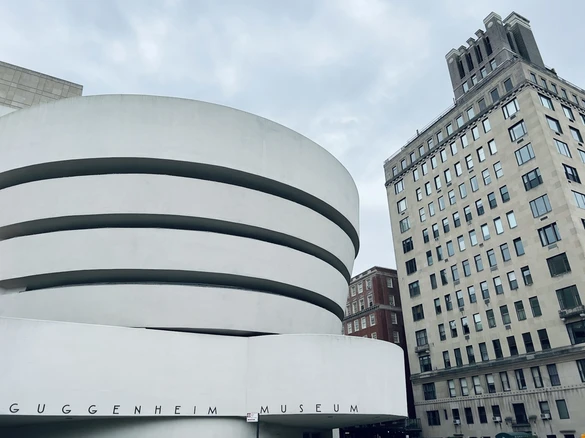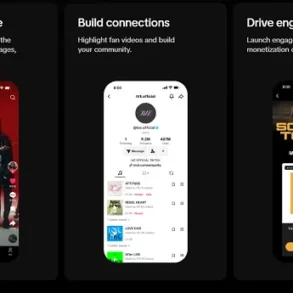Through creative campaigns and a strong digital presence, the Guggenheim has become a leader in the museum space for using platforms such as Instagram, Twitter, Facebook and YouTube to connect with art lovers around the world. Here are five great ways the Guggenheim has successfully used social media:
1. Interactive virtual exhibits
The Guggenheim has embraced the power of social media to bring its exhibits to people who cannot physically visit the museum. During the Covid-19 pandemic, the museum ramped up its use of virtual tours and live streams, offering real-time walkthroughs of exhibitions via Instagram Live and Facebook Live. These interactive experiences allowed users to engage with curators, ask questions and explore art from the comfort of their homes. The museum’s Instagram stories and Twitter threads also featured highlights of various exhibits, giving followers the chance to delve deeper into the artworks.
2. User-generated content campaigns
One of the most engaging strategies the Guggenheim has employed is encouraging user-generated content (UGC). The museum has initiated several hashtag campaigns, such as #GuggenheimHighlights and #MyGuggenheim, where visitors can share their own photos and experiences of visiting the museum. These campaigns not only foster community engagement but also amplify the museum’s reach, as followers’ content is shared with their personal networks, inspiring others to visit or participate online. The use of UGC adds a personal touch, making the museum experience more relatable and interactive.
3. Collaborations with artists and influencers
The Guggenheim has effectively tapped into the influencer economy by collaborating with contemporary artists and social media influencers to broaden its reach. By featuring well-known creators in its social media campaigns, the museum attracts younger audiences who might not otherwise visit a museum. Instagram takeovers by artists and art influencers have also been a popular way for the museum to engage a wider demographic, offering fresh perspectives and creating new conversations around the art on display. These collaborations often lead to viral moments, as influencers’ followers share their experiences, giving the museum increased visibility, according to Celebian.
4. Educational content and behind-the-scenes insights
Social media has allowed the Guggenheim to offer a wealth of educational content. Through platforms like YouTube and Instagram, the museum shares in-depth analyses of its collections, including curator-led discussions and artist interviews. The Guggenheim’s YouTube channel is home to educational videos that explore the significance of key pieces in its collection, and Instagram is regularly updated with behind-the-scenes content, offering followers a glimpse into how exhibitions are set up or how specific works of artwork are restored. This transparent approach fosters deeper engagement with the art and invites followers into the museum’s inner workings.
5. Storytelling through Instagram and TikTok
With platforms like Instagram and TikTok, the Guggenheim has excelled at using storytelling to make art more approachable. Its Instagram feed is carefully curated to highlight not just artworks but also architectural details of the museum’s Frank Lloyd Wright-designed building. Through Reels and TikTok videos, the museum has embraced short-form content, offering bite-sized educational clips, fun facts and art challenges. The visual nature of both platforms allows the Guggenheim to connect emotionally with followers, combining beautiful imagery with engaging narratives that entice people to learn more.
Conclusion
The Guggenheim has successfully positioned itself as a forward-thinking institution in the digital age by creatively leveraging social media to expand its reach. Whether through interactive virtual exhibits, influencer collaborations or behind-the-scenes content, the museum has tapped into the power of social platforms to engage, educate and inspire. By adapting to changing times and embracing new technologies, the Guggenheim continues to make art accessible to a global audience.
This post was originally published on this site be sure to check out more of their content








